There isn’t a huge amount to Cafayate town itself with the main square and radiating streets containing a variety of restaurants, shops and artisan markets. It had the similar feature of tree lined streets that other Argentinian towns and cities had that provided shade from the heat.
Here our main focus was finding good food with a couple of key places we wanted to try. The first was La Casa de las Empanadas, of course for empanadas, but also because it was supposed to be such a great place. There is actually two branches of this restaurant, one open for lunch and one for dinner, so we tried both. They have 12 empanada options, but since it is so hard to decide they offer a promotion of all 12 plus a jug of wine for about $15NZD, and that is enough to fill all three of us completely. From around 9.30, live folk music added to the lovely atmosphere. The lunch version is much smaller, but the same great empanadas, with the walls completely covered in messages from previous guests. We would be disagreeing with our guides from Tucuman, but these were the best Empanadas we had.
Another food option we wanted to try was Helados Miranda which was the first place to create wine sorbet using Torrontes or Cabernet. We tried twice during the evening with no luck, but after lunch we managed to race along before meeting up with our tour and tried both flavours. According to our guide, it had taken them 3 years to perfect their recipe for their wine sorbets and they were particularly great on a hot day.
A key aspect of Cafayate is that it is the main area for wine in the Salta region, so there are a number of wineries surrounding the town. We had joined a tour that was taking us from Cafayate through to Salta and the first stop was the Finca Quara winery. It was a huge winery that produced 3.5 million litres of wine a year. They make a distinction between ‘popular’ and ‘quality’ wines, with the quality wines maturing for much longer before being released to market. Unfortunately there was a massive group for the winery tour and tasting, they had combined 3 bus loads, so it wasn’t as enjoyable as Mendoza. We were given a white and red to try, neither of them their ‘quality’ wines and we found them too sweet. There was such a massive range of wines to try so it was a shame we couldn’t try some others, but I suspect they were targeting the Argentine tourists who would buy by the dozen.
Our tour headed through to Salta via the ‘Quebrada de las Conchas’ (Shells ravine) with it’s various rock formations and amazing colour. It was very much a stop, jump off, take as many photos in a short time as possible and jump back on. There were signposted places to stop with the names of the different formations, but the most spectacular was the amphitheatre where they hold a concert every July.
As we drove towards Salta it appeared we were following a storm and we passed through a lot of flooding, but it had dissipated by the time we arrived in Salta. Joining a tour was a great way to get from Cafayate to Salta and much nicer than starting and finishing the tour in Salta.
Salta itself was a much larger city, but the key attraction was the archeological museum that houses three mummified child sacrifices excavated from the peak of Llullaillaco in 1999. At a height of 6739m, the children had been perfectly preserved, except one that had been hit by a lightning strike. The children chosen as sacrifices partook in a massive celebration and ceremony and finally were given colchani (a local alcohol) until they were asleep. They were then taken to the top of the mountain and entombed. As macabre as it feels to be looking at these young children who had been dead such a long time, it was fascinating to learn more about the Inca beliefs.
Another museum that was well worth visiting was Pajcha, a private collection of amazing indigenous art and textiles. It was supposedly possible to do it without a guide, but you got so much more information by using one and he loved talking about the ‘surprises’ they had for us. The colours and techniques used in the textiles were fascinating and there were some hilarious paintings of Christ, Saints and Angels.
We did a tour of Salta taking us up to Cerro San Bernano for a view over the city. This was a popular exercise area with an outdoor gym and spin classes. We were able to walk around the fake waterfalls, but funnily enough, after having been to Iguazú, it wasn’t that interesting. The tour then took us out to Quebrada de San Lorenzo, which is a popular river gorge that Saltenas head out to for some cool air. On our way back into Salta we stopped at the Mercado de Artesanals, but we were very underwhelmed by what we saw and had found some much better shops in town.
Our continual search of good food found us at Bartz Tapas Mundial, just around the corner from our hotel. There was a link to Ferran Adria with either the chef or his brother having worked for him. Having this link definitely raised expectations and they still managed to meet them. Everything we tried was fantastic and we even considered going twice because it was so good and so handy. There was other places we found, but Bartz was the best.
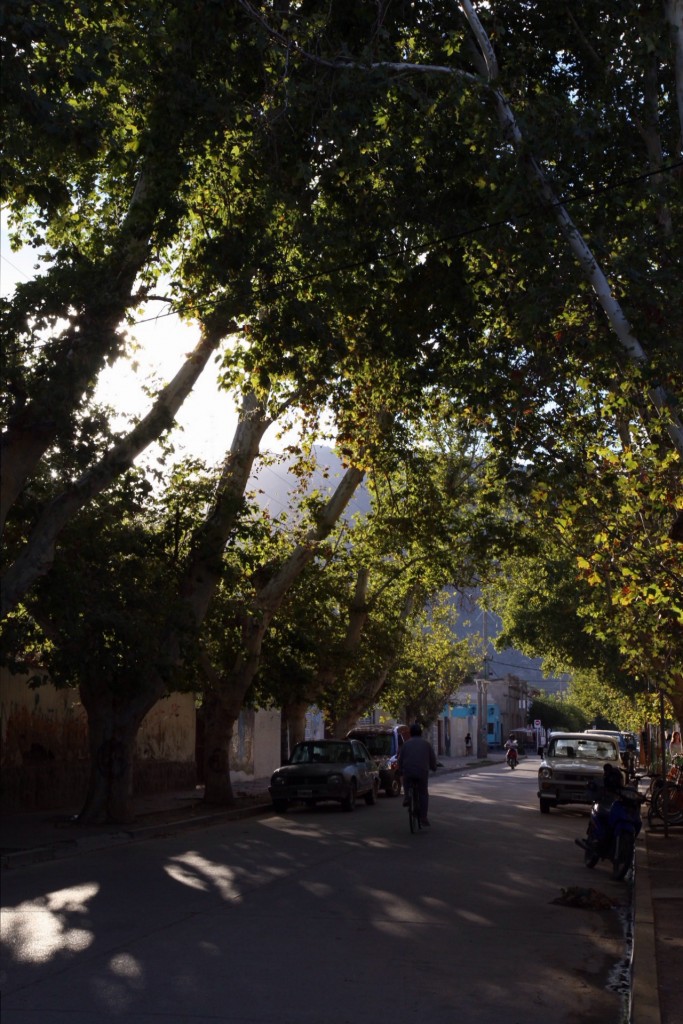
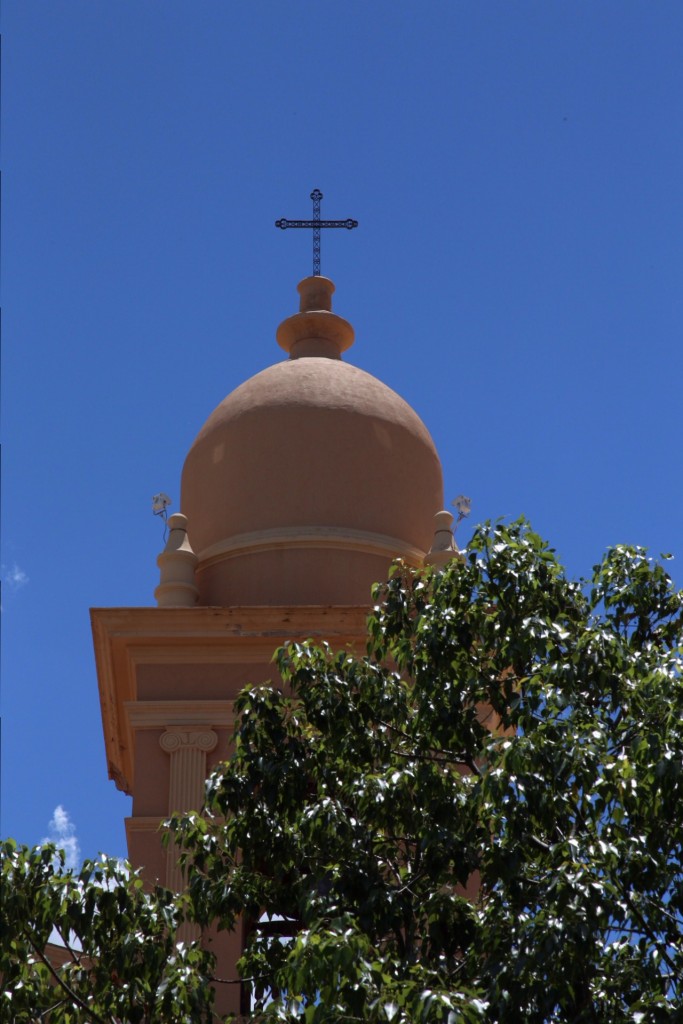
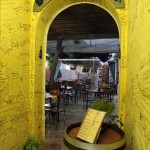
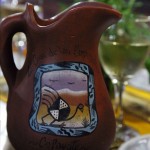
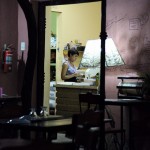
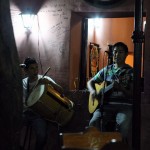
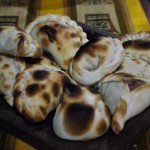
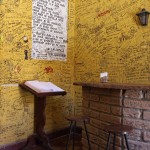
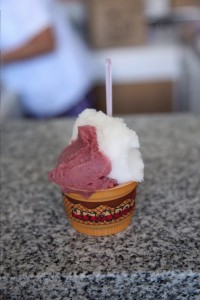

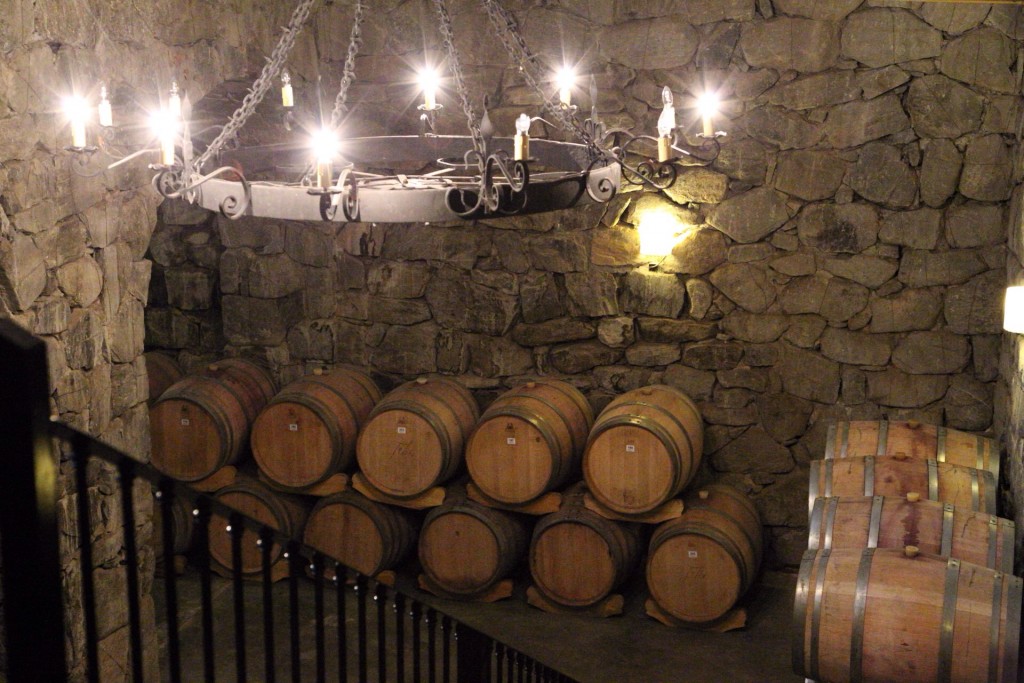
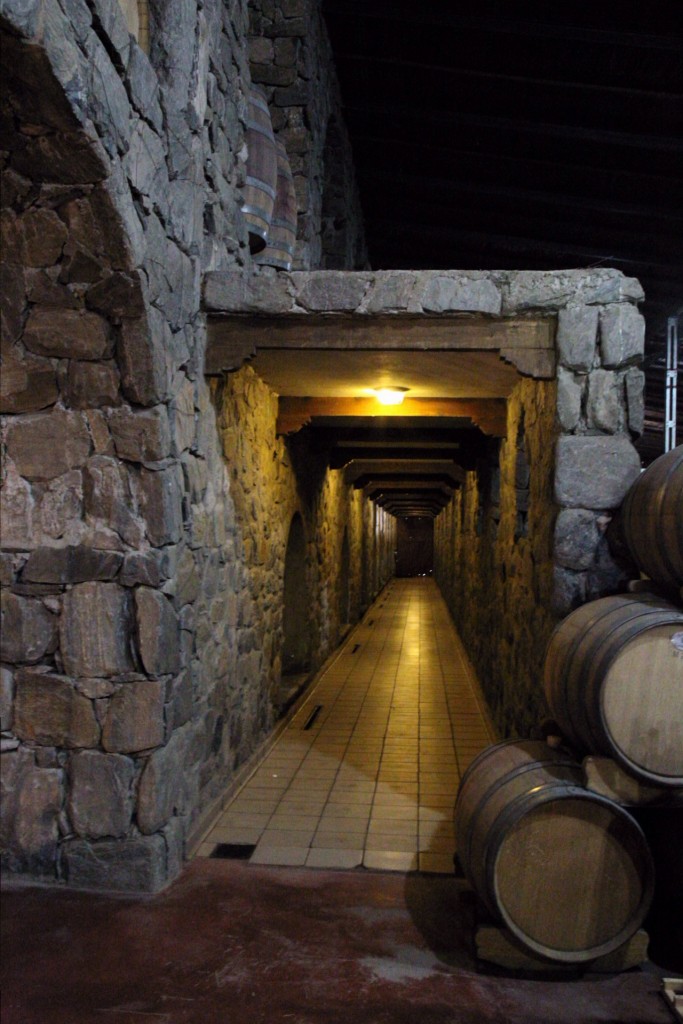
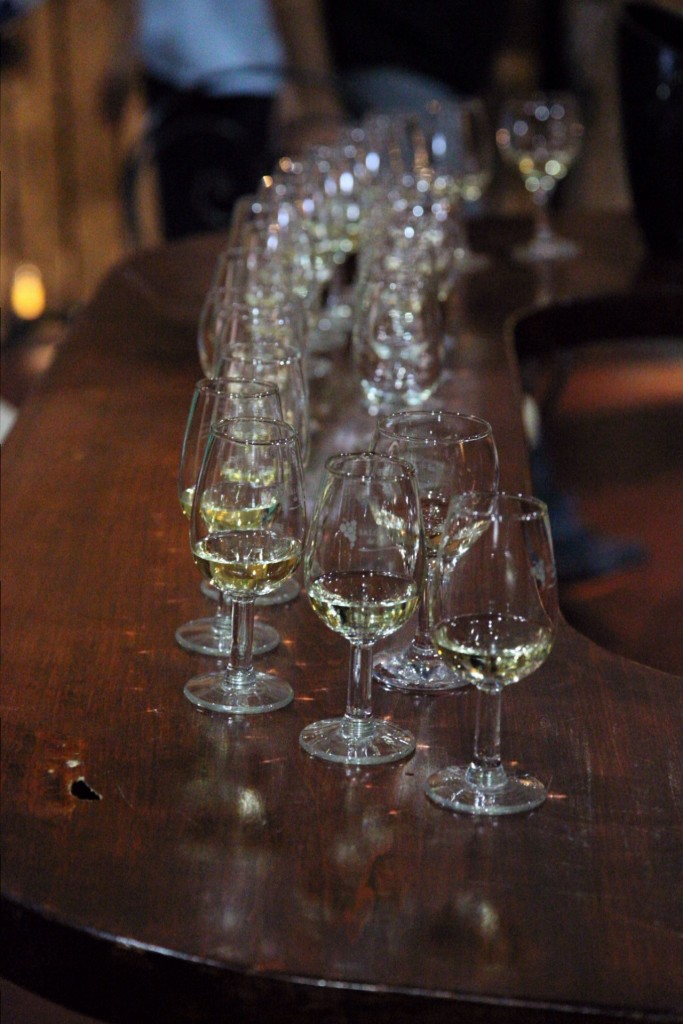
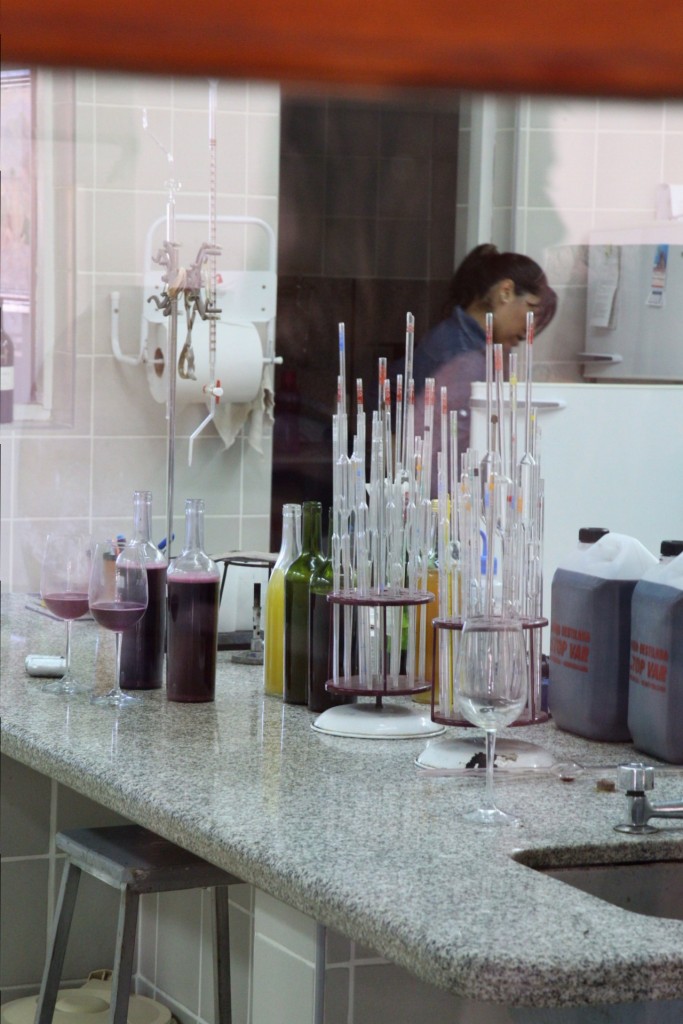
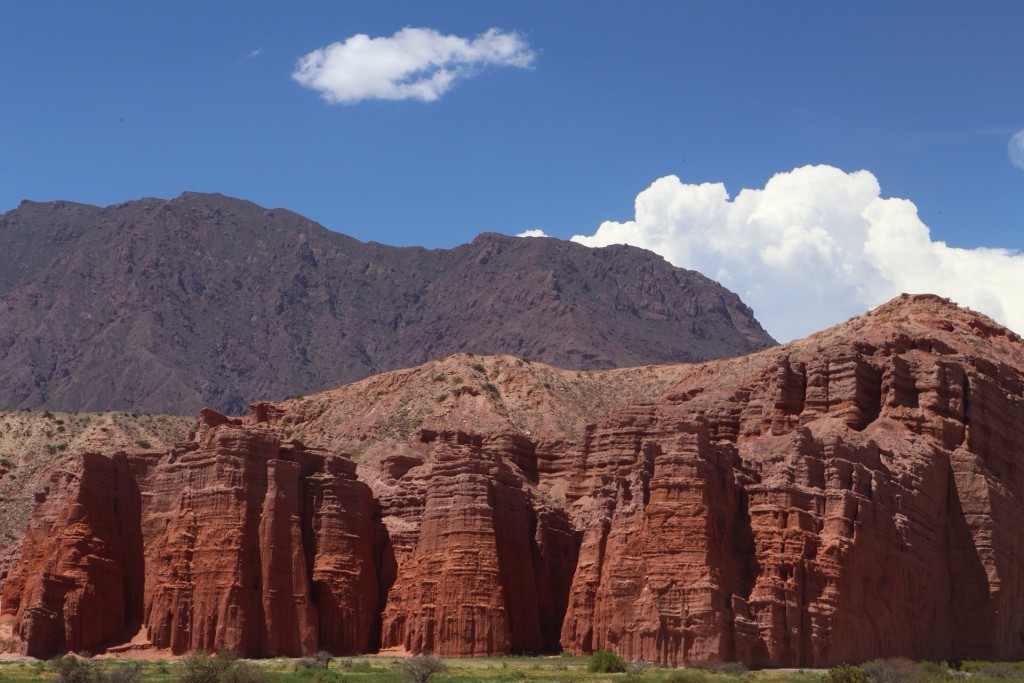
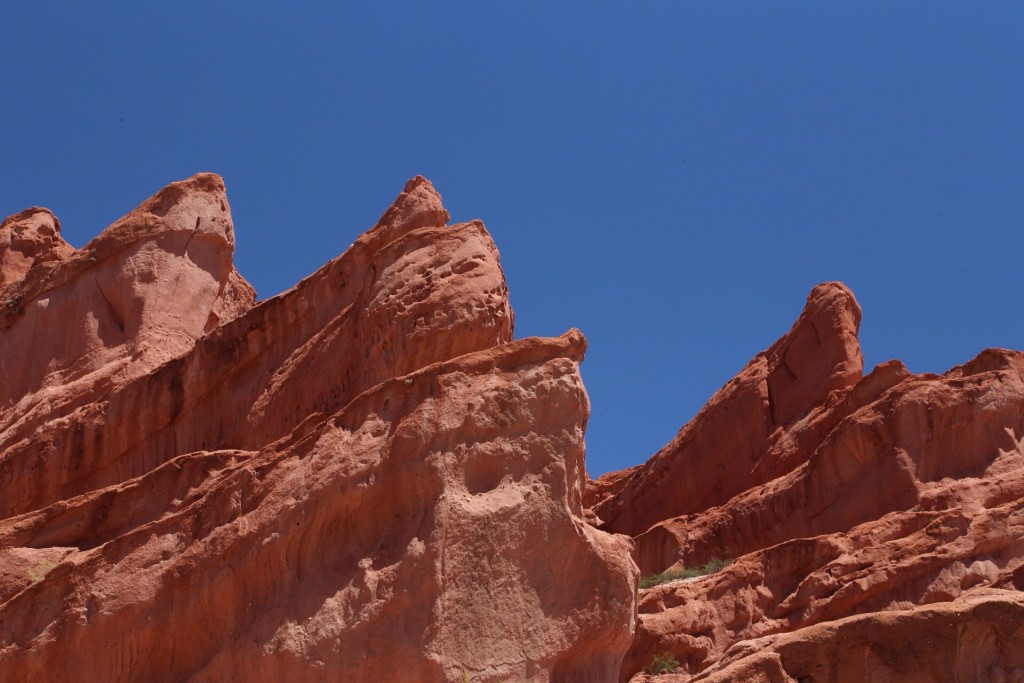
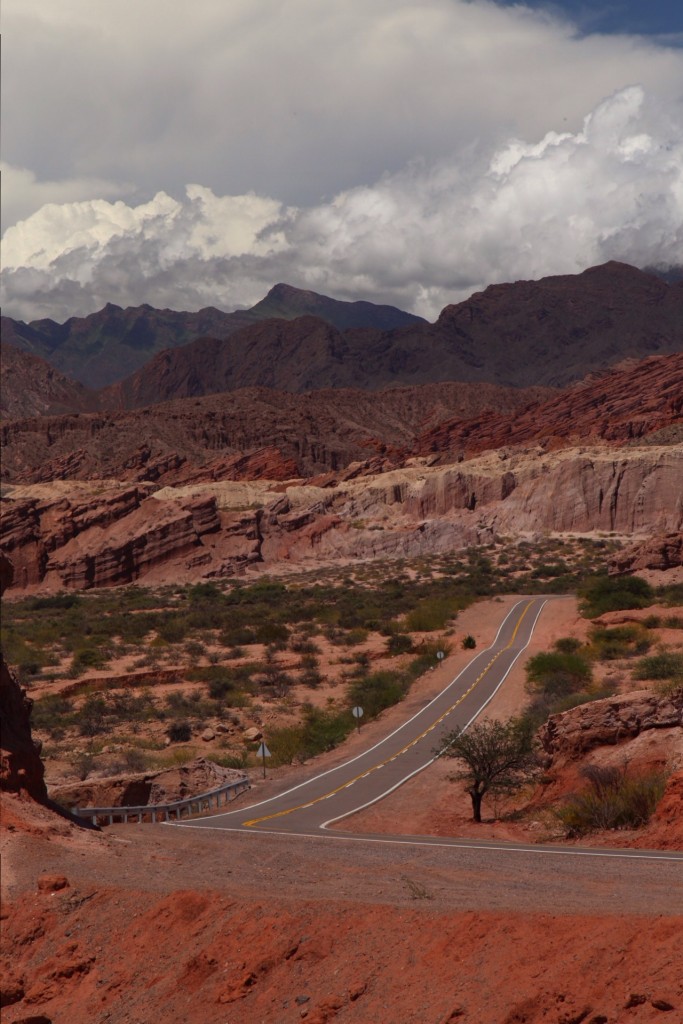
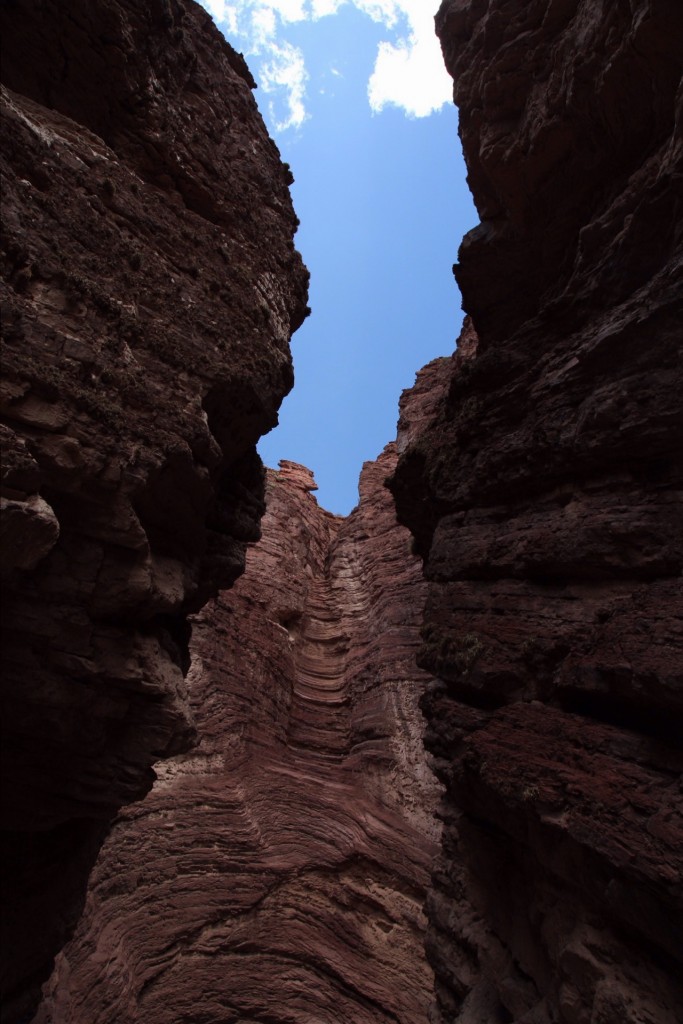
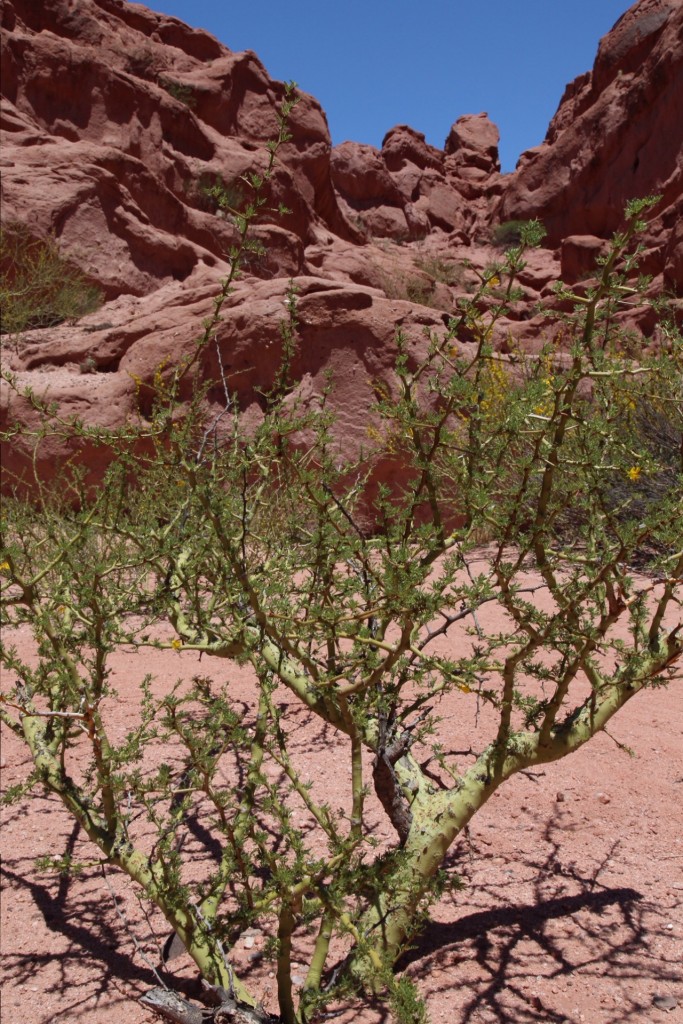
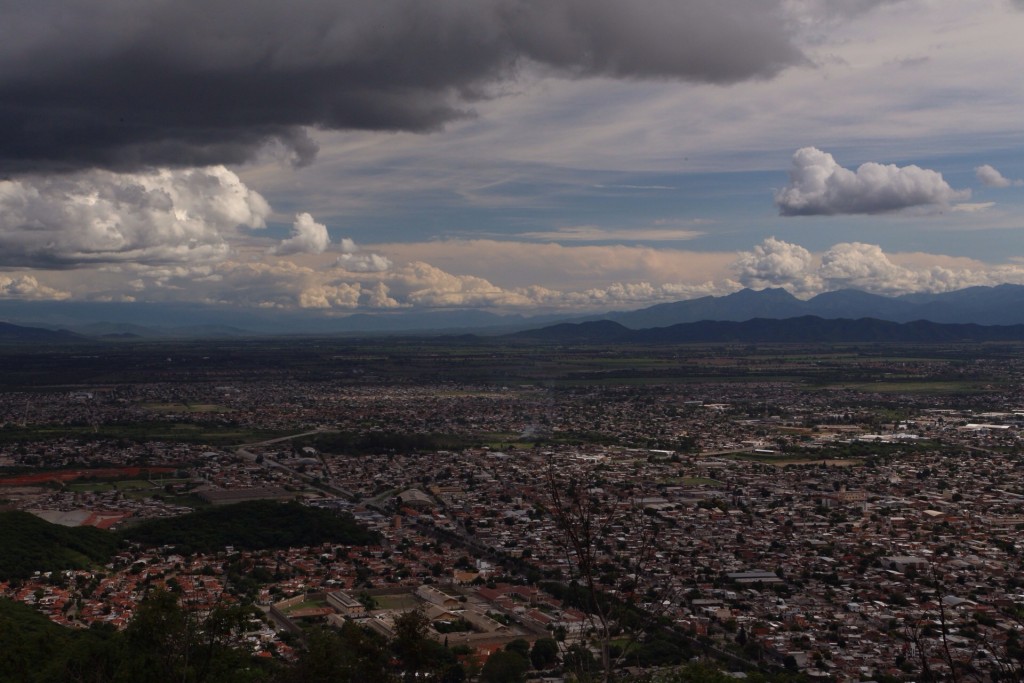
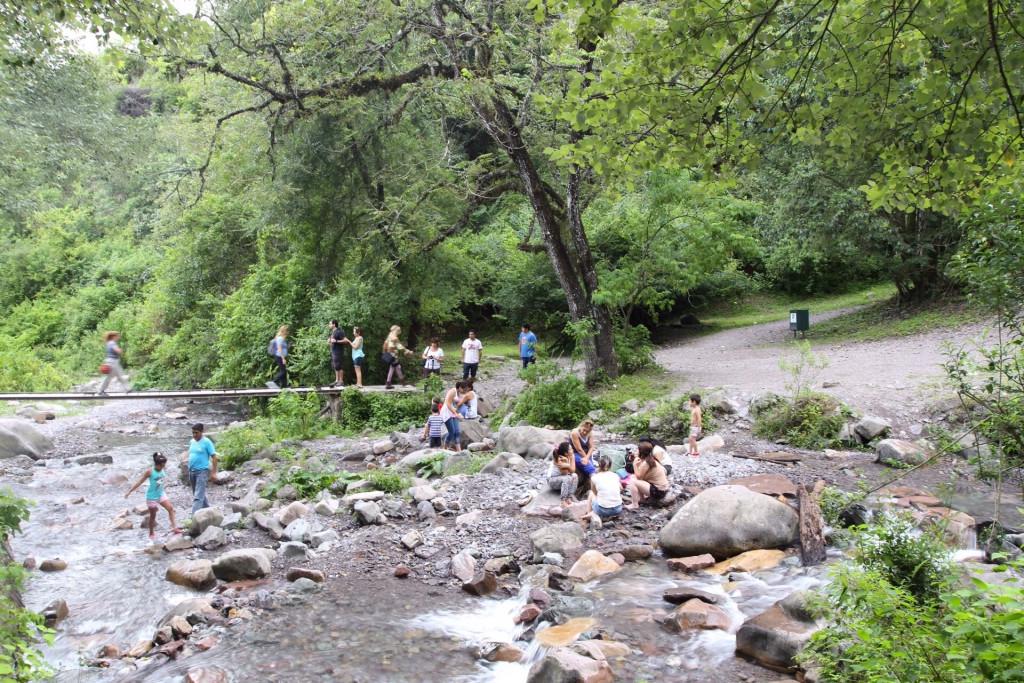
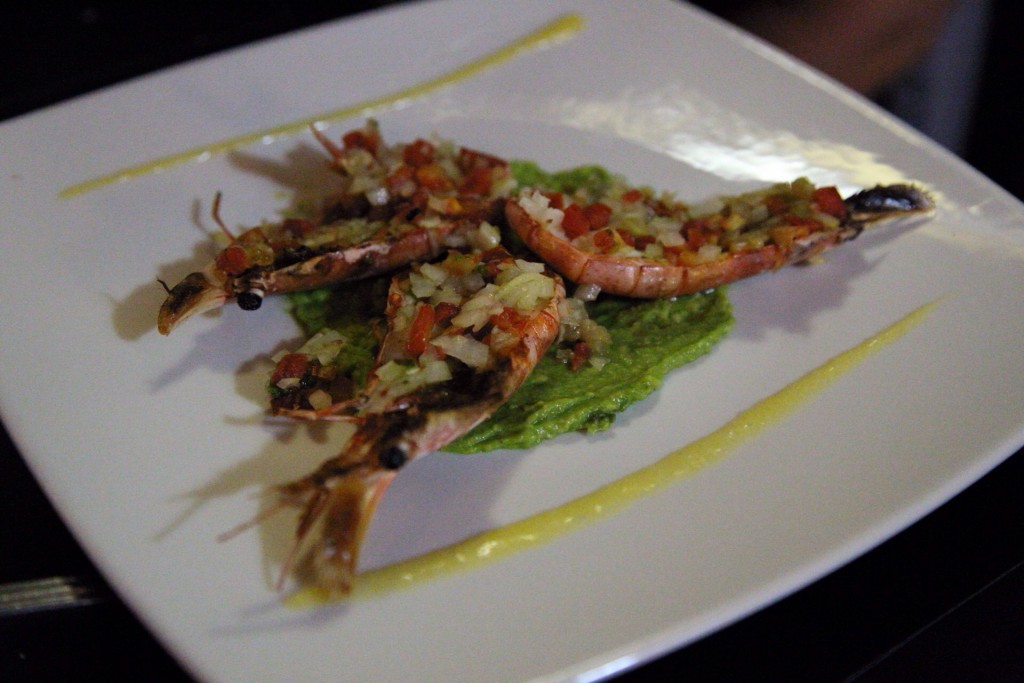
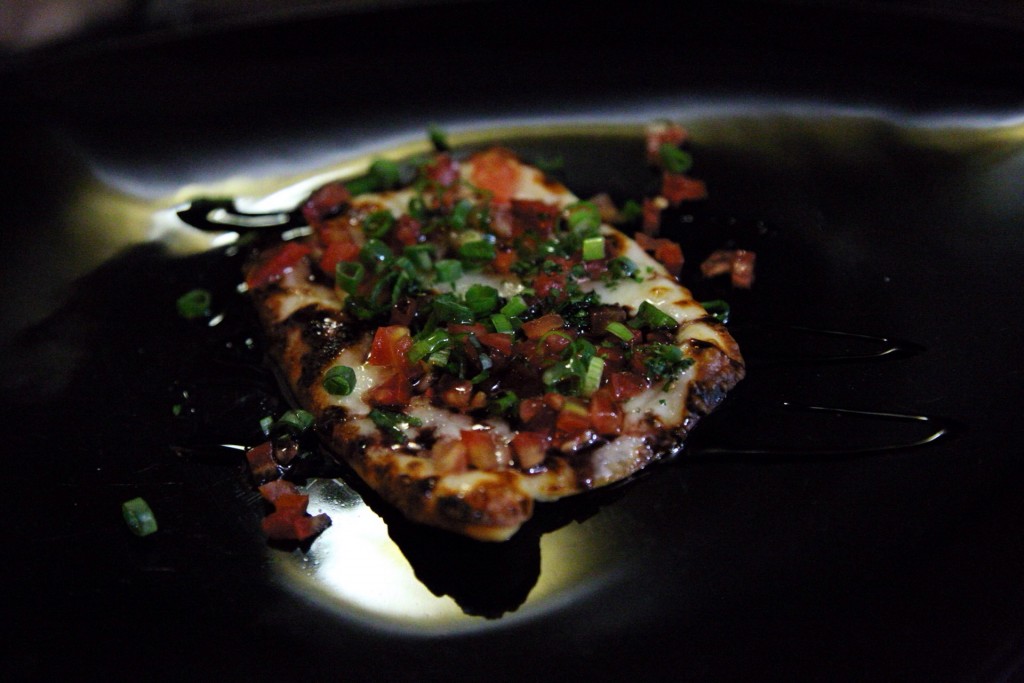
Recent Comments